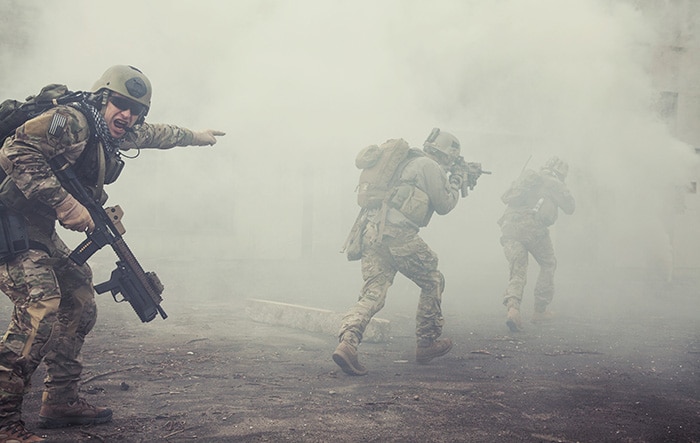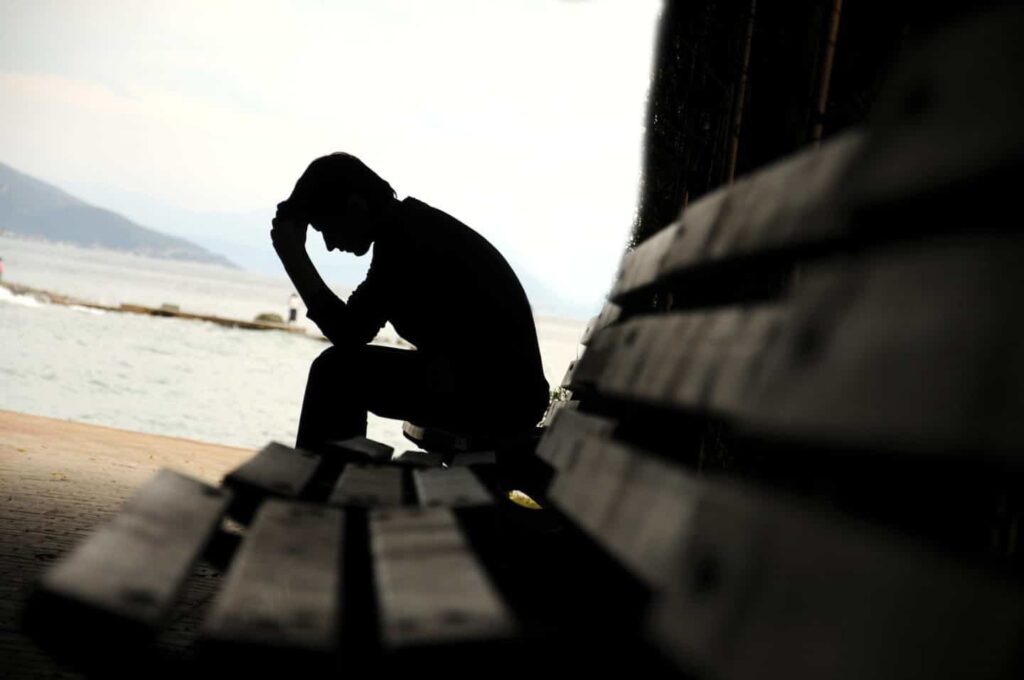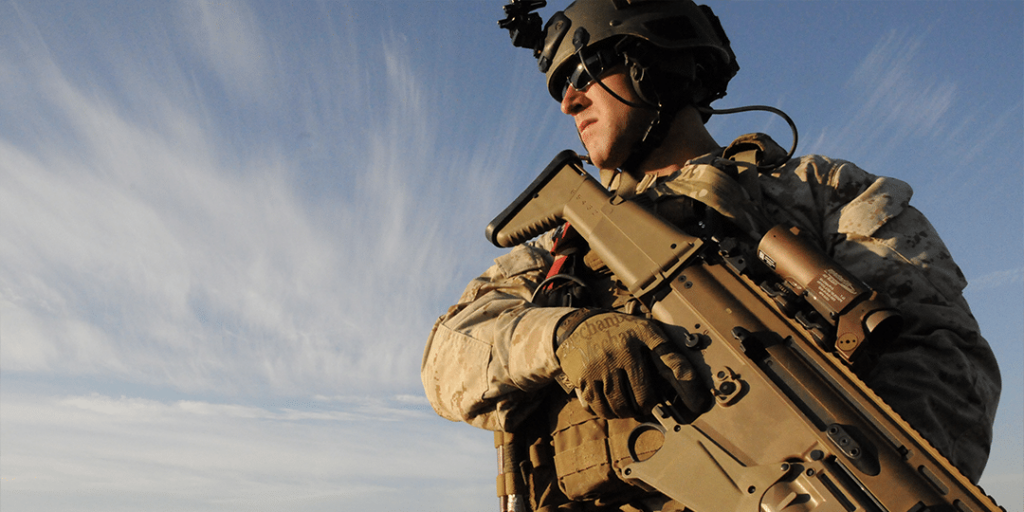
- The App
- Sandboxx News
- Resources
Learn
- Company
About
Become a Partner
Support
- The App
- Sandboxx News
- Resources
Learn
- Company
About
Become a Partner
Support
So you’re moving — again. You might even be considering doing a PPM (Personally Procured Move — or as it was known in the old...
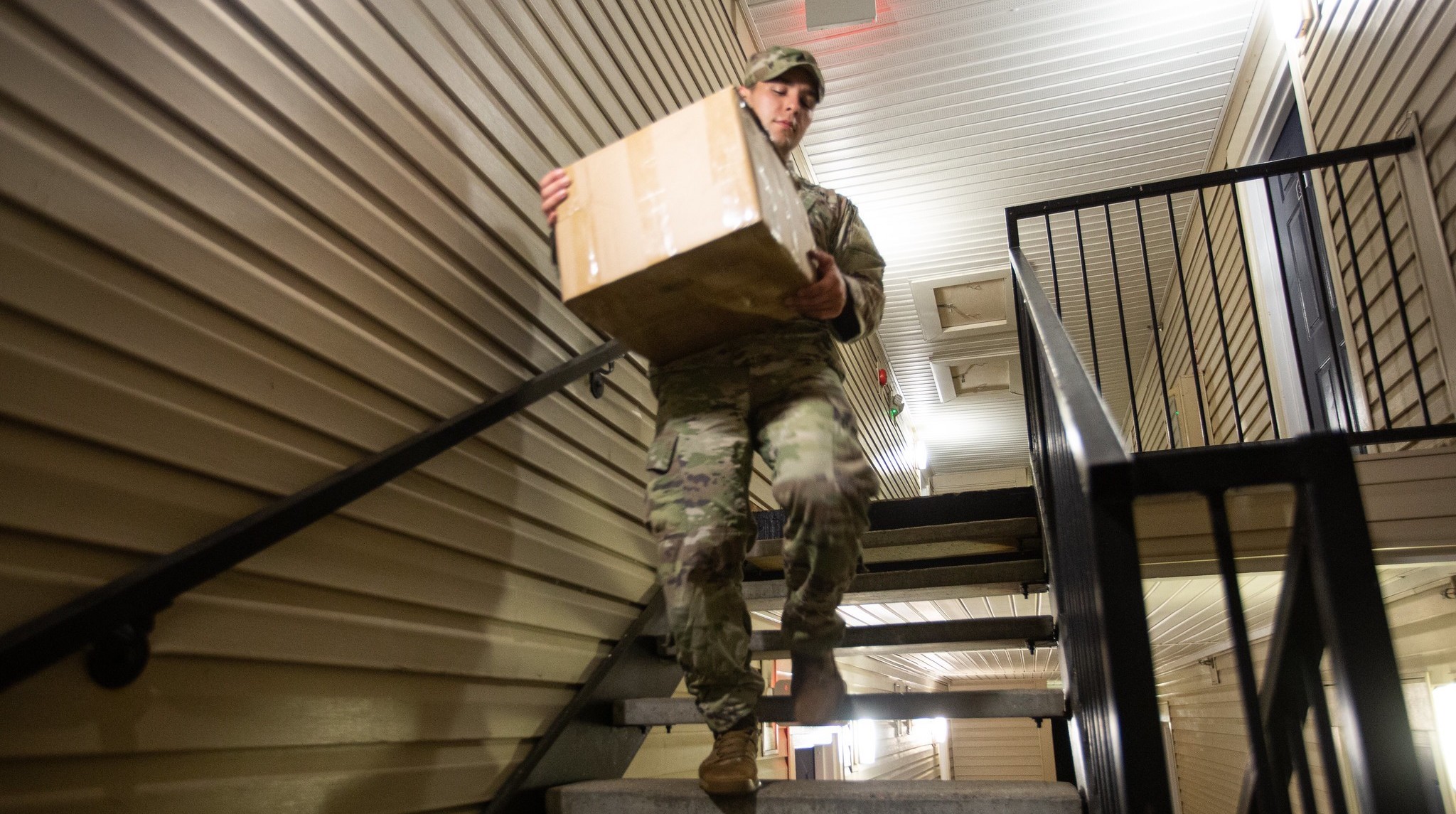
So you’re moving — again. You might even be considering doing a PPM (Personally Procured Move — or as it was known in the old days, a DITY move) to get some extra cash. Some families can make thousands of dollars moving themselves, so it’s an appealing option.
Moving everything you own can sound like an easy path to more money, but it will bring you a whole lot of headaches during the process (not to mention the arguments with your spouse). Assessing your household before making a move can help you make some tough decisions about what you really need in your life.
I became really passionate about this topic when my Virginia Beach house flooded during a massive hurricane. While my possessions and furniture were mostly alright, the water seeped through every wall, meaning the entire house – walls, floors, and ceilings – had to be replaced. Everything I owned went into boxes in the garage, except for three suitcases. With my husband on deployment, I moved my two toddlers into a hotel for what I thought would be a two-month stay. It turned into six months.
When I got back into the house, I couldn’t remember a single thing I had put in those boxes. With the exception of some seasonal clothes, dishes, and kitchen items, I needed none of it. I realized how much I was holding onto that wasn’t really serving me.
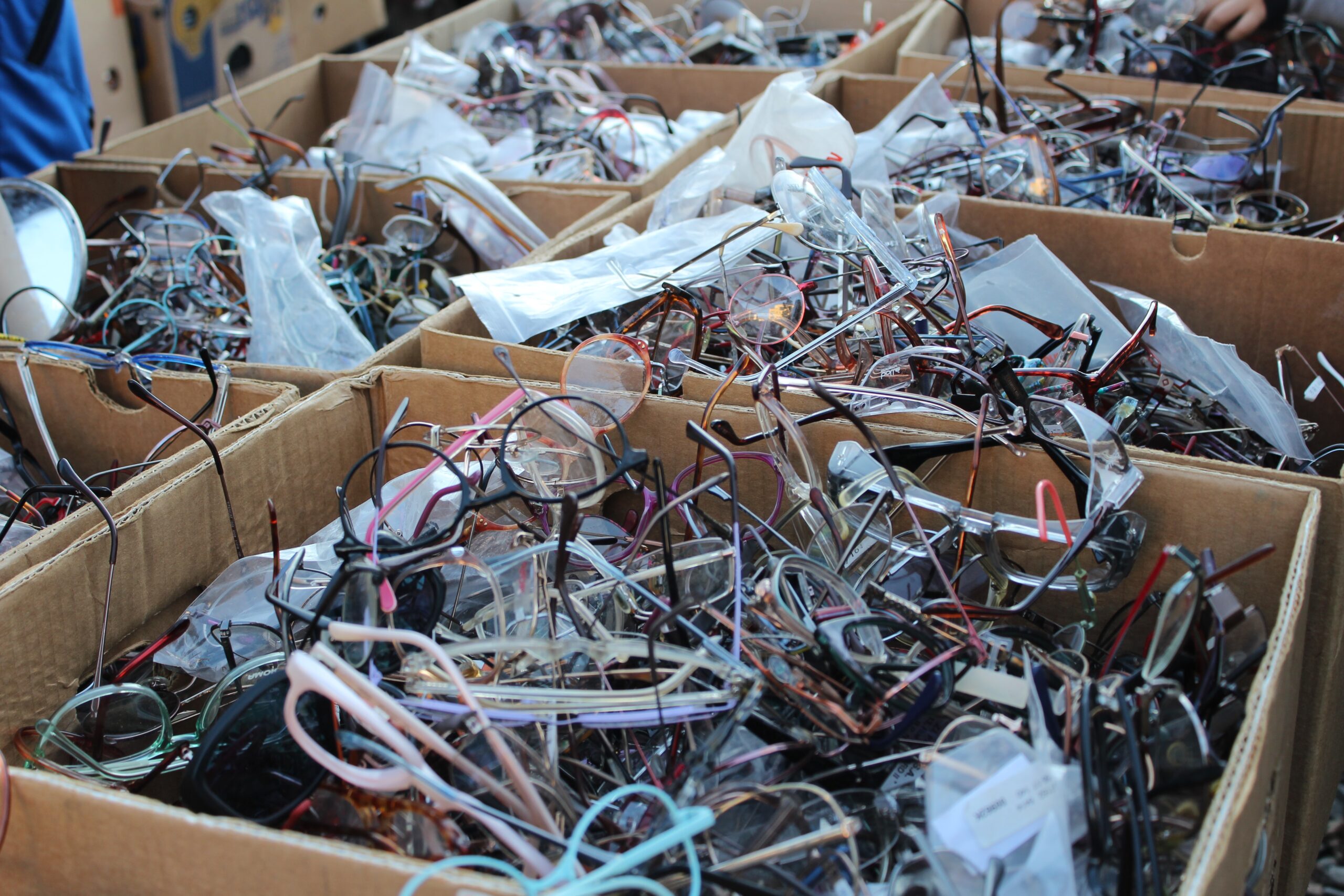
Related: Why I throw out my kids toys (and I’m not sorry)
With another military move on the horizon, I decided to take some time to sort through everything I owned with a fresh eye. Here are eight things I learned:
Books are especially cumbersome to drag from house to house. Marie Kondo suggests sorting through books later in her process, but I think military families who move a lot should start with these, because books take up a lot of boxes. Some people have the luxury of being able to live in one place for a decade, and they’re able to create cozy libraries that need nothing but a little dusting. Military families don’t have this luxury. I suggest keeping about 10% of all the books you own, and making a list of the titles you decide to get rid of. This way, if you doubt yourself in the future, you can always reference your list and re-order the few you want to reread.
When you’re moving off a base, other families are moving in. A lot of them might not have access to their household goods for some time. Sort through your own household items for duplicate kitchen items and other things you don’t use, and put together a box to give to a new family. This could include items like extra dishes, cleaning supplies, laundry detergent, Swiffers or vacuum cleaners, and boxed or canned food items you don’t want to move.
You might want to get rid of gym equipment you haven’t used in years, but I recommend first getting rid of those exercise balls (they take up a ton of room), extra gym clothes and shoes, old workout DVDs, and spare yoga mats. Keep your weights, though, at least for the move. The added weight from these will help you make more money on your PPM move (an old military DITY move trick). If you’re looking to purchase weights that don’t take up a lot of room, I can’t recommend the Bowflex adjustable dumbbells enough.
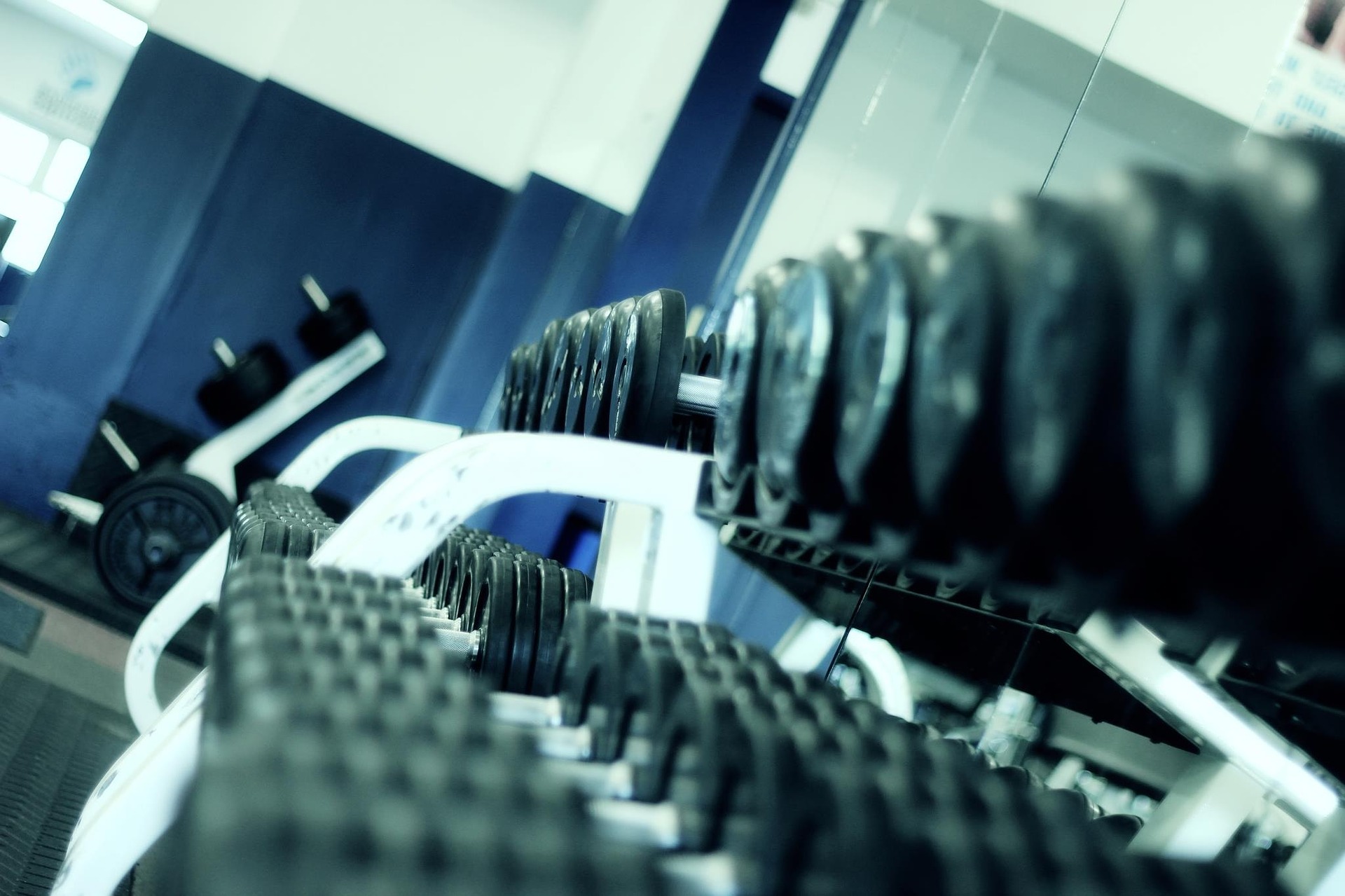
Related: The 6 best workouts for moms/military spouses
I love the Mootsch service, which allows you to choose just 10 of your favorite photos each month to have printed on premium paper. I’m a huge fan of photo albums. We rarely go back and look at photos stored on digital devices, but albums can be beautiful heirlooms. While going through your photos, a rule of thumb I use is to print/keep just one photo from each major event.
This category includes open food items, spare plastic utensils, hair ties, takeout menus, old school directories, paper clutter, cords that don’t go with anything, expired spices, expired sunscreen, magazines, etc. Be ruthless. Do you really want to try to figure out where to put these things in your new home? They’ll just end up stuffed in a drawer until your next move.
Are you moving from a warm-weather location to cold weather, or vice versa? You can be especially brutal clearing out clothes that are too warm/not warm enough for your new climate. Don’t fall into the trap of thinking, “I may move back to a warm/cold climate in a few years and need these.” Trust me: unless it’s a luxury sweater or something pricey, you’re not going to want to pull old clothes out of boxes three years from now.
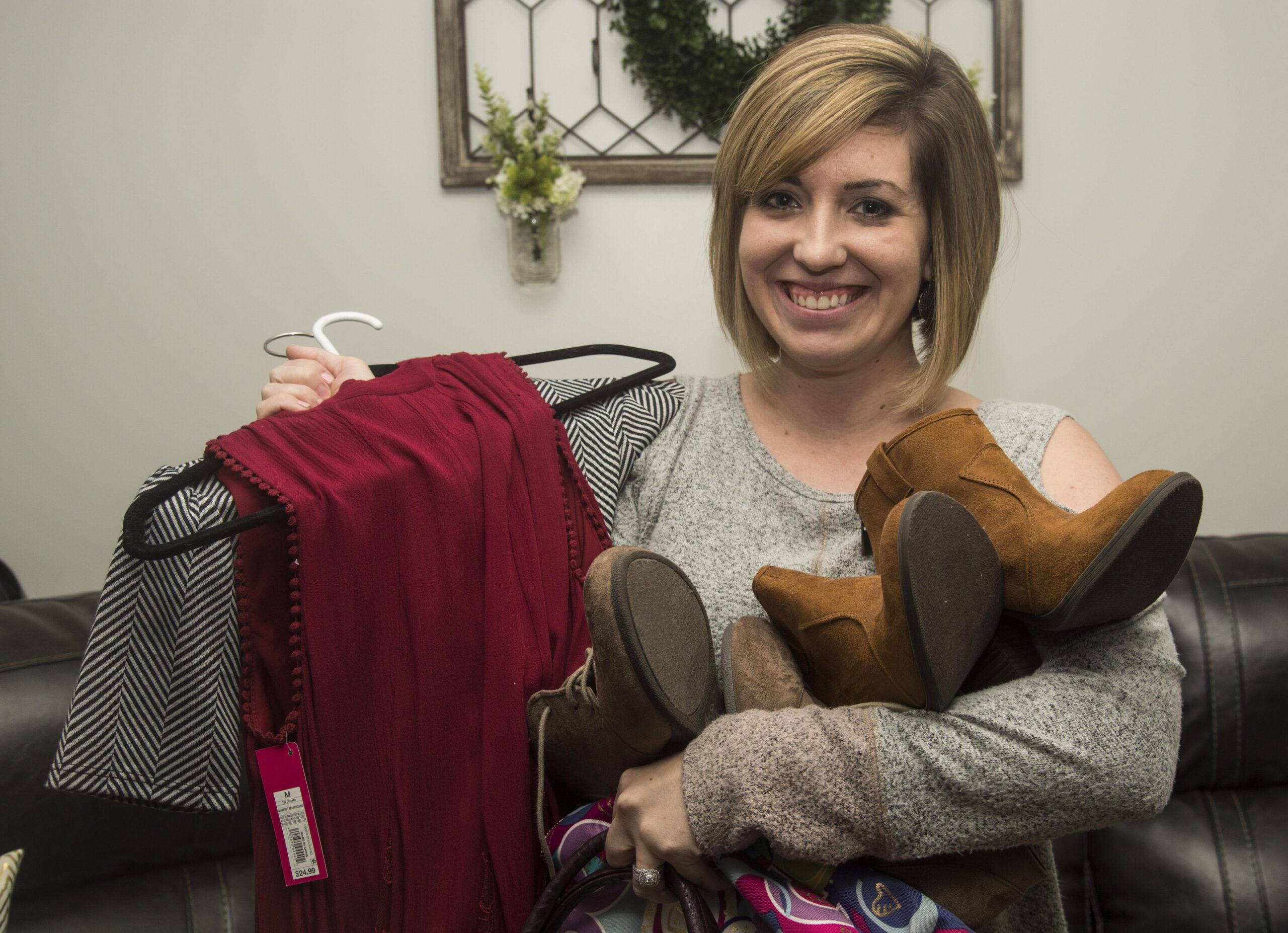
You may want to put clothing aside for your next child, but be warned: clothes that are moved from climate to climate — or are kept in a box in a garage or attic for several years — don’t seem nearly as nice when you finally pull them out again (I learned this from personal experience). Also, moving households is the perfect time to cut the number of kids’ toys in half. Young kids may have a lot of excitement about the move, about their new room, and other new experiences, and won’t miss those toys they haven’t played with in months.

Moving furniture comes with a lot of responsibility – not just moving it yourself (if you’re doing a PPM move), but the burden of feeling like you have to keep something just because you went to all that effort to move it, even if you don’t really like it or it doesn’t fit in your new space. Here’s a furniture challenge: Put a post-it note on the furniture you really need: your dining/kitchen table and chairs; a bed for everyone in the family; and a sofa. Then consider each piece of furniture, piece by piece, and stick a post-it on the ones you decide to keep. Maybe your new home has a built-in desk, which means you can get rid of that old desk you never liked. Maybe your new home doesn’t have a guest room, so you can sell all that guest room furniture. Maybe your new home has a large built-in closet with shelves, and that means you don’t need a dresser in your bedroom anymore.
Feature image: Sgt. Austin Boucher/ U.S. Army


